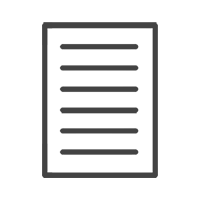Print Room & Framing Blog
Behind the Seams with Juanie van Wyk
Share this article:

Photographer: Eunice Driver
For the 2023 iteration of the prestigious event, Mr Price was announced as the official retail sponsor, supporting the New Talent Search and Scouting Menswear Competition shows. These particular showcases are designed to ignite the careers of aspiring designers, creating a platform for their talents to shine.
The 2023 Mr Price New Talent Search has unveiled a carefully selected group of nine promising designers, each chosen to present their exceptional collections at SAFW. Among these rising stars is the remarkable Juanie Van Wyk, who collaborated with Orms Print Room to produce textiles for her SAFW collection. In a recent interview, we had the privilege of sitting down with the gifted designer to delve into her profound passion for fashion and design, explore her unique creative process, and her involvement in the highly anticipated 2023 Mr Price New Talent Search.
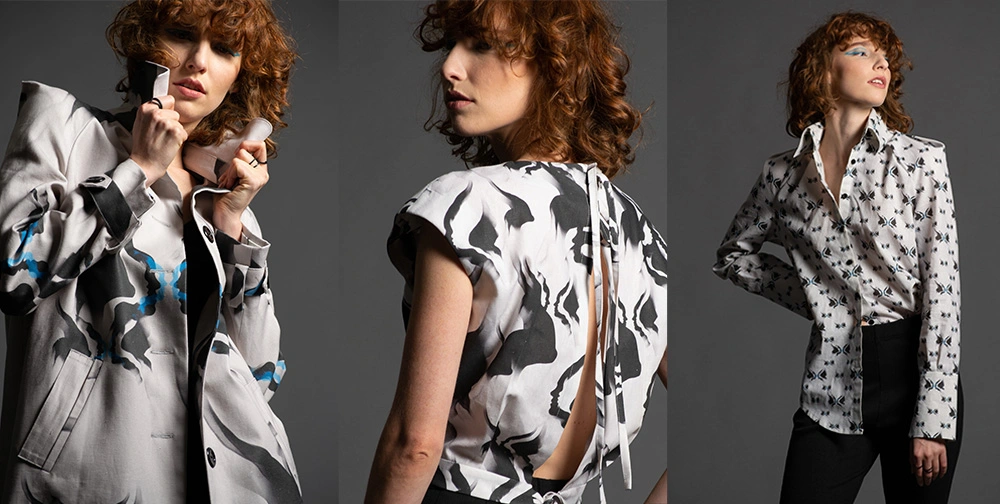
Photographer: Pierre LeRoux-DuPisani
1. Please tell us a little about yourself
I love people, music, art and design. I am intrigued by the new, the future and the unconventional, and I draw immense inspiration from it. Design and art, specifically in the form of fashion, are a way of life for me. I find myself involuntarily thinking about it no matter where I am or what I am busy with.
2. Where did your journey in fashion begin?
I learned to knit and crochet at age five and learned to sew when I was nine. After completing my N6 Diploma in Business Management, I made wedding and matric farewell dresses for clients in my spare time while working full-time in various industries. At 37, I decided to study Fashion Design full-time at LISOF. I completed my BA Degree and graduated top of my class, and I was awarded the coveted Best Designer Award by LISOF for my graduation collection at age 40.
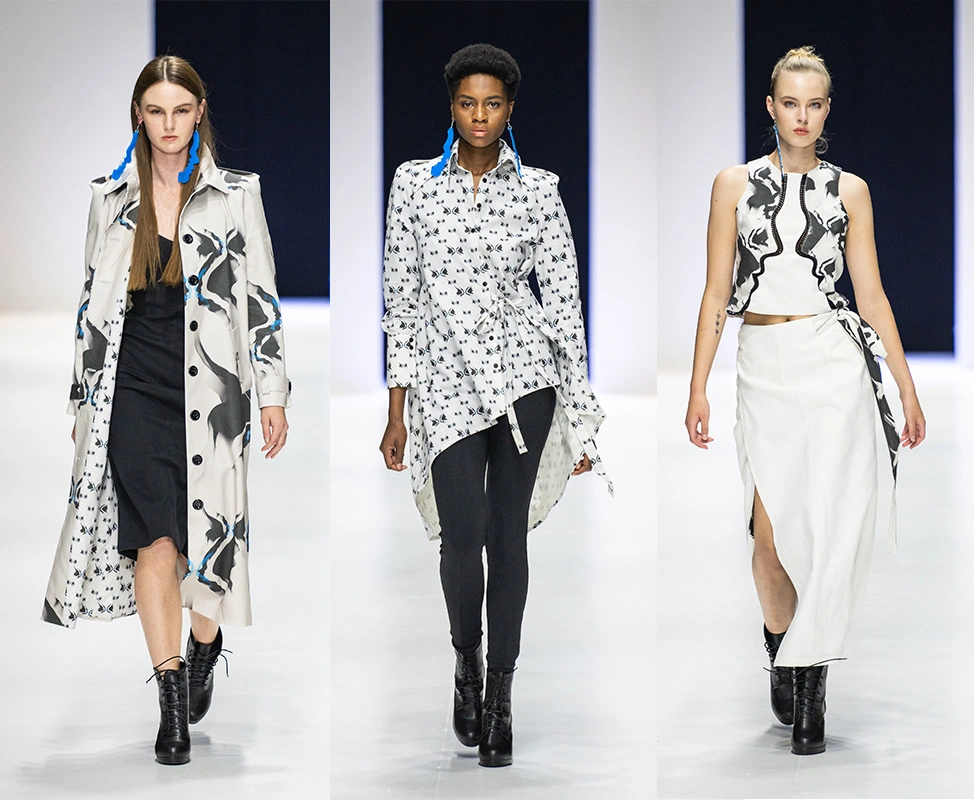
Photographer: Eunice Driver
3. Did you always know you were going to follow a career in fashion?
I always dreamed of becoming a professional fashion designer but never thought it would be possible. So I tried to live out the dream through art classes and sewing evening dresses for clients. However, it was only when I finally made the decision, on Sunday, 2 November 2014, to leave my day job and follow my dream that things started falling into place. On Monday, 3 November 2014, I researched the best fashion schools, made an appointment to go and write the aptitude test at LISOF, and entered the competition by Elle Magazine/LISOF for a bursary. A couple of days later, I was notified that I had won a partial bursary and with hard work and relentless persistence, it eventually became a full bursary. It was like everything was ready and waiting for me to just make the decision and take the first step in the right direction.
4. What is it about the medium that you’re so drawn to?
What draws me to textiles as a medium is its incredible versatility, the wide variety of available textiles, and the enormous array of different items that can be produced with it. The possibilities are endless, making it an incredibly interesting medium for me to work with. More specifically, where fashion design is concerned, one could create wearable art that brings beauty to the wearer and the onlooker, functional clothing and accessories that regulate temperature or assist with work or day-to-day life. It can transform and elevate the mood of the wearer and the onlooker alike. It can transform or accentuate body shapes and be a very strong or very subtle form of (non-verbal) communication. Textile is a medium with so much potential and intriguing personalities, and fashion design is a living, breathing art form.
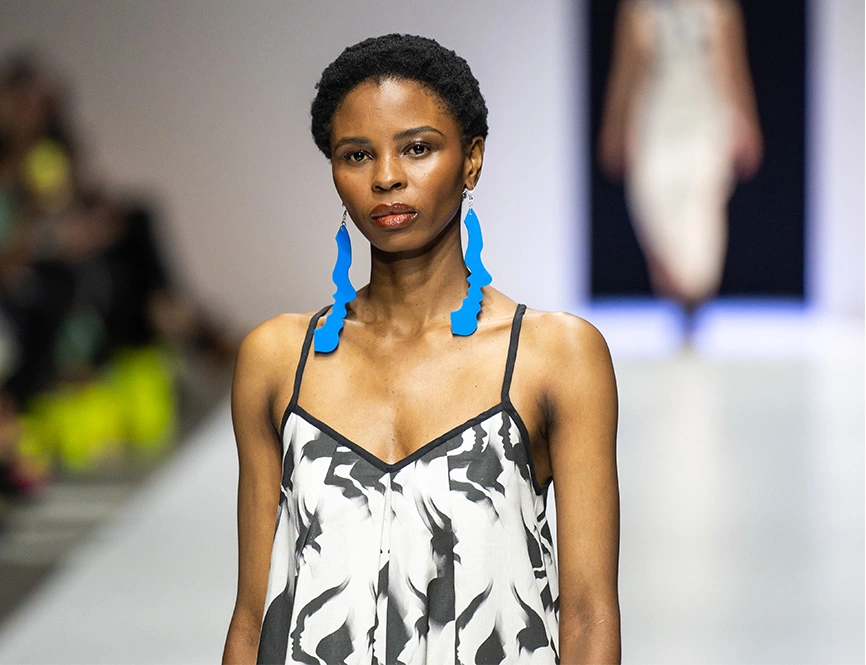
Photographer: Eunice Driver
5. What has your journey in fashion been like so far?
It has been quite a long journey, and not the easiest one at that, though most definitely worth it. After graduating, I carried on making evening gowns for clients part-time while accumulating invaluable experience as an operations manager, running a factory that designed and produced many different types of bags. I recently launched my brand, showing my collection at South African Fashion Week.
6. What would you say is the hardest part of your job?
I need a lot of structure and routine to create a space where I have a lot of freedom for the spontaneous flow of my creative process. I have yet to master a healthy balance between the boundaries of structure and routine and the unlimited freedom of endless possibilities and creativity, as they are quite opposite but go hand in hand for me. While I would prefer to spend most of my time on research and bringing all the designs that I am constantly thinking of to life, in reality, especially in the case of a startup brand, there are many other aspects to making a career as a fashion designer possible. These demand more time and attention than the creative process. What flows naturally and intuitively needs to be put on hold frequently to focus on what is fundamentally important to continue living my dream.
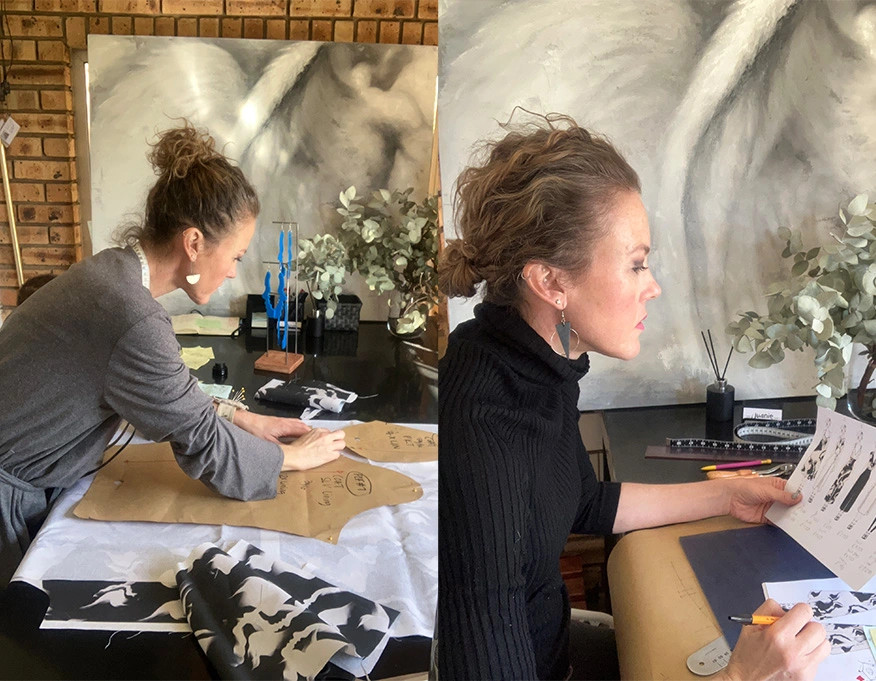
7. What would you say is the most rewarding part of your job?
I find the entire design process rewarding, from research, inspiration, concept, design, and pattern-making to creating a successful and beautiful end product. I also draw immense satisfaction from that initial reaction from a very pleased client, from the moment they first see their garment to how they light up and their entire posture changes when they put it on, making them feel great. Achieving that reaction is the goal throughout the entire design process of every garment.
8. How long does it take to develop a collection from ideation to a complete line?
Fortunately for me, I am limited to the existing seasonal timeline of the fashion industry; otherwise, I would probably work on one single collection for an inestimable time and create magnificent wearable pieces of art. I, therefore, utilise all the time available within the constraints of the six-month cycles prescribed by the Spring/Summer and Autumn/Winter seasons.
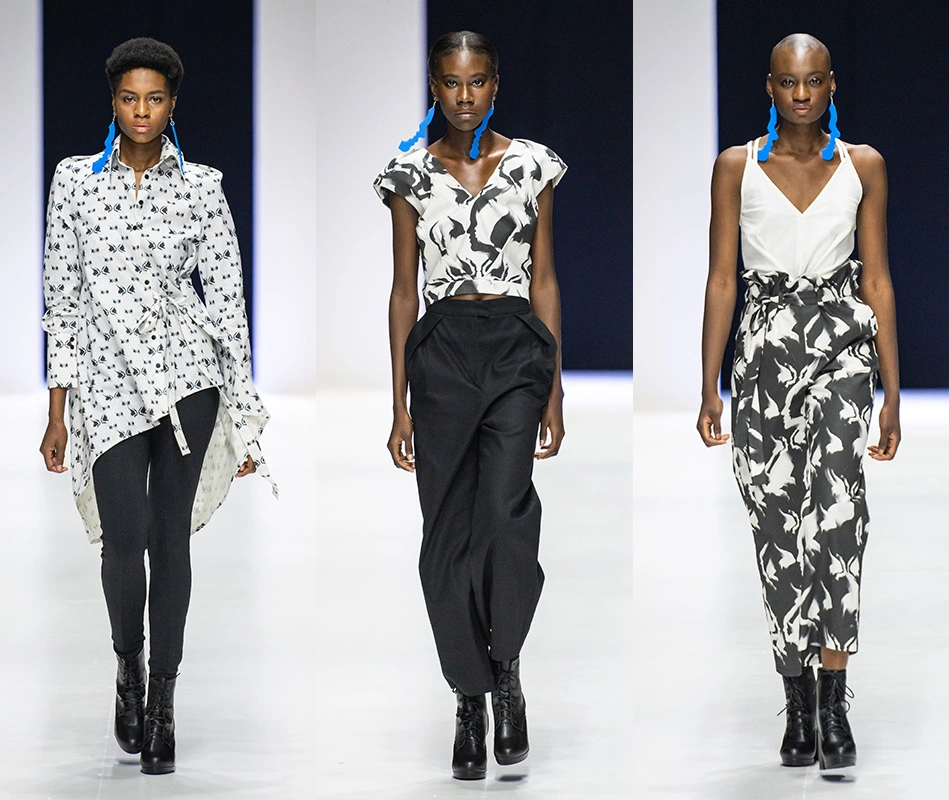
Photographer: Eunice Driver
9. What are some common misconceptions about being a fashion designer?
A big misconception is that this profession is filled with glitz and glamour. It is, in fact, an incredible amount of hard work, and only a true passion for the entire design process, which is mostly unglamorous, will get you through the tough times, the creative block, the unsuccessful ideas and the late nights. The glitz and glamour are a very small part of it, mostly in the form of short-lived moments.
10. Please tell us a little about your SAFW journey
It was approximately 20 years ago when I first entered the SA Fashion Week New Talent competition. I remember being so disappointed at not being selected, thinking I wasn’t a good enough designer and would never make it. But looking back, it was simply a case of lacking the formal training needed to create a professional portfolio and the experience necessary to develop a successful contemporary collection suitable for the runway. Fortunately, the dream never died. In 2017, my final year at Lisof, I entered the SA Fashion Week student competition and was selected as a finalist; and finally showed my collection on the runway at SAFW this year as a finalist in the New Talent Search. Aanhouer wen.
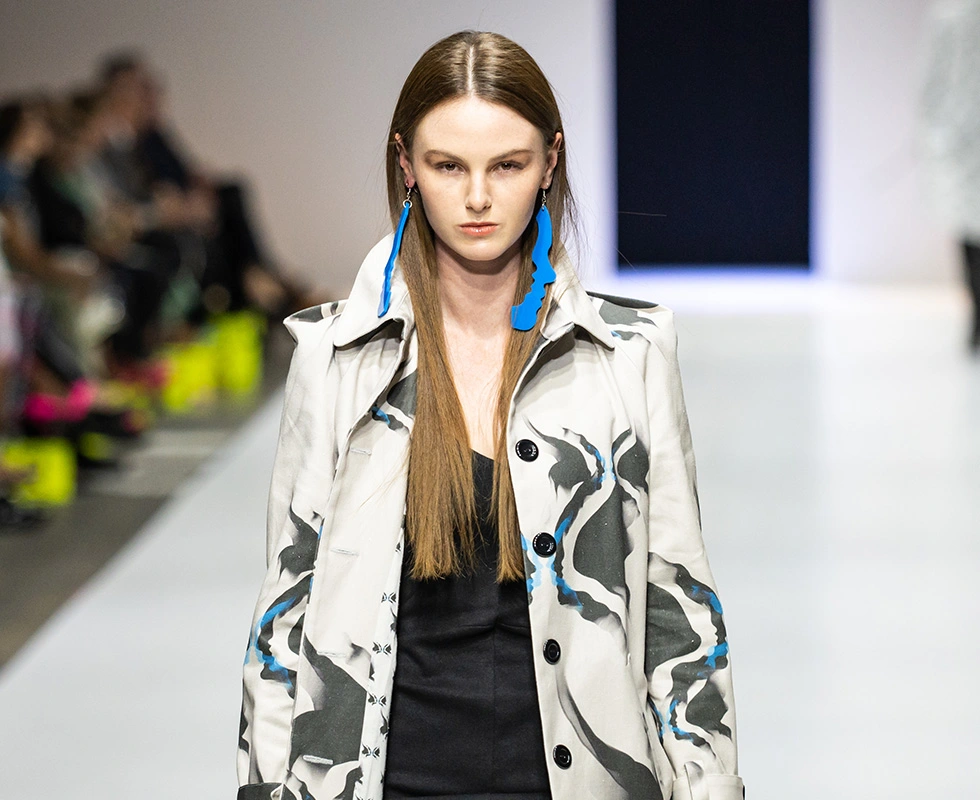
Photographer: Eunice Driver
11. I believe Orms Print Room helped you with printing your textiles for your SAFW collection. Can you tell us a little about that?
The main focus for SAFW New Talent was on textile print and sustainability. We were trained to design textile prints digitally at LISOF, though I had never actually put the skill into practice. I had very limited time, from being selected as a finalist to completing my collection for the runway. I used three fabrics from Hemporium: Lightweight Organic Hemp Linen, Summer Weight Hemp Linen and Medium Weight Hemp Canvas. All of these are Hemp/organic cotton blends. I was referred to ORMS Printroom by Hemporium for textile printing. Besides genuinely being conscious about sustainable practices, the staff at ORMS Print Room were incredibly helpful and professional, assisting me through the process and went the extra mile, especially since I had no former experience in fabric printing. ORMS Print Room was such a major role player in helping me to create a successful SAFW runway collection. I am so grateful.
12. When picking out textiles for your clothing, how do you decide what will work and what will not?
First and foremost, even before starting the design process, I look at the market I am targeting and the problems I am solving for them. How do they need to look and feel in the clothing? Where do they need to go in it, and how important is comfort to them, their lifestyle and their habits, whether they work from home or the office, or both? Do they need to be flexible, and do their clothes need to be versatile? I also look at what is important to them and what they are willing to pay. Do they make investment purchases or prefer quantity over quality? Then, during and after the design process, I select fabrics that will behave how I need them to to achieve the “solutions” to those problems as well as the desired aesthetic and functional outcome for those designs.
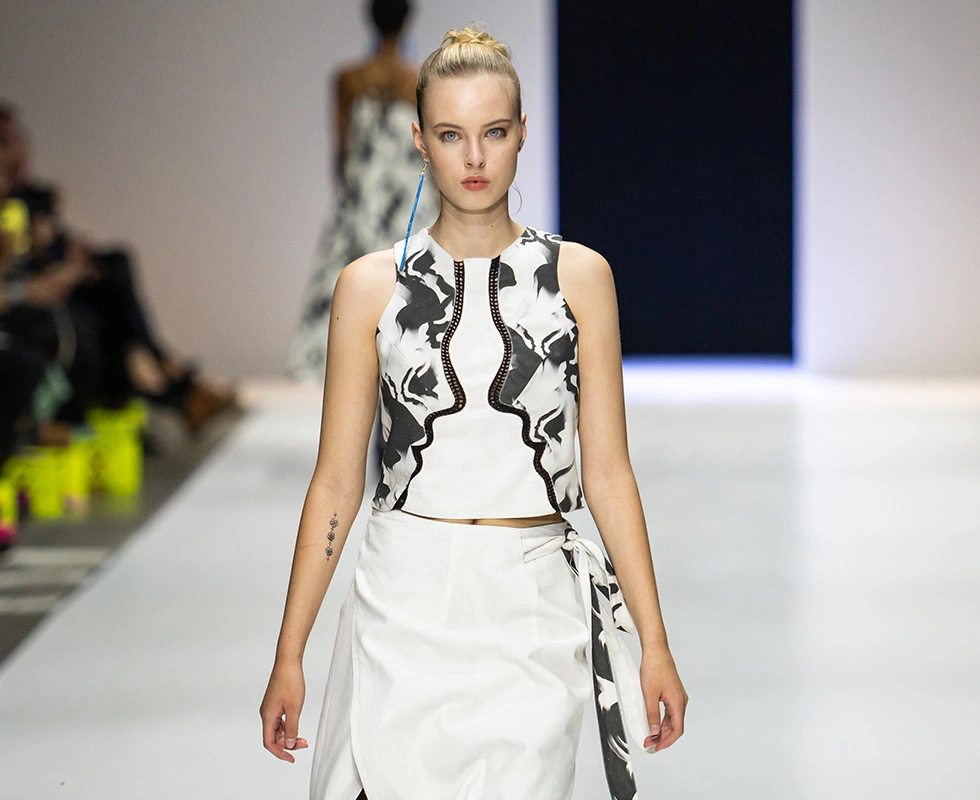
Photographer: Eunice Driver
13. Your brand is big on sustainability. Why have you chosen this route for your brand? How does this impact the way you source materials or the way you construct your garments?
I have chosen a sustainable route for my brand because I firmly believe we all have a responsibility to consider what we leave behind for future generations. To serve my target market well, I create looks that are modern and contemporary. The looks are timeless, investment pieces. This design approach demands a certain degree of freedom when it comes to reducing offcuts and waste considerations, as opposed to a reused, repurposed and up-cycled design approach. For this reason, I use fabrics (and printing processes) that are entirely bio-degradable to accommodate fewer offcuts and waste. I used hemp blends exclusively for my entire SS23 collection. The hemp plant leaves the soil in a better condition after being harvested. The fabric is completely biodegradable, compostable even. It is very durable and gets better with every wash (though less washing is needed), not to mention all the many other properties of hemp textiles that serve the needs of my target market really well.
14. What advice would you give aspiring designers?
My advice would be to make sure that you have the skill, talent and true passion to become a fashion designer. Prepare yourself for a lot of hard work and really long hours. Network with everyone you meet in the industry, including and especially your fellow students and lecturers, who will form part of your network. Hustle, hustle, hustle. Keep at it and make it work. The opportunities will not fall into your lap; you have to look out for them, and if you can’t find them, make them.





